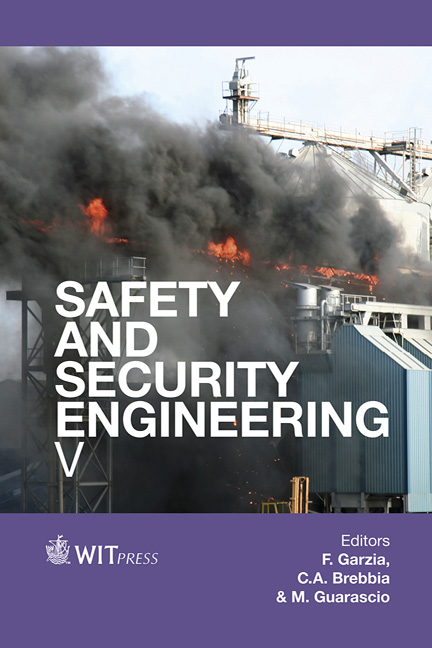Assessment Of Retaining Levels Of Safety Barriers
Price
Free (open access)
Transaction
Volume
134
Pages
12
Page Range
319 - 330
Published
2014
Size
623 kb
Paper DOI
10.2495/SAFE130291
Copyright
WIT Press
Author(s)
K. Jung & J. Markova
Abstract
Thousands of human lives are annually lost on European roads including the Czech Republic. The main risk associated with the car collisions is the harm to people traveling in the vehicle or to people in the road surroundings. It follows that the main priority in performing risk analysis is to minimize this risk. In order to determine the potential costs due to casualties in car accidents, the concepts of the Implied Costs of Averting Fatality (ICAF) and Life Quality Index (LQI) are applied. It is shown that current standards do not provide sufficient information for the optimal decision about the retaining capacity of road safety barriers close to the resources of drinking water, railways, roads and other hazardous types of road surroundings. The Bayesian network method is applied representing a suitable tool for risk analysis in accidental design situations. The objective of submitted risk assessment is to optimize the selection of the retaining levels of safety barriers taking into account different categories of roads and bridge surroundings. Keywords: safety barriers, retaining level, categories of roads, risk assessment.
Keywords
safety barriers, retaining level, categories of roads, risk assessment





